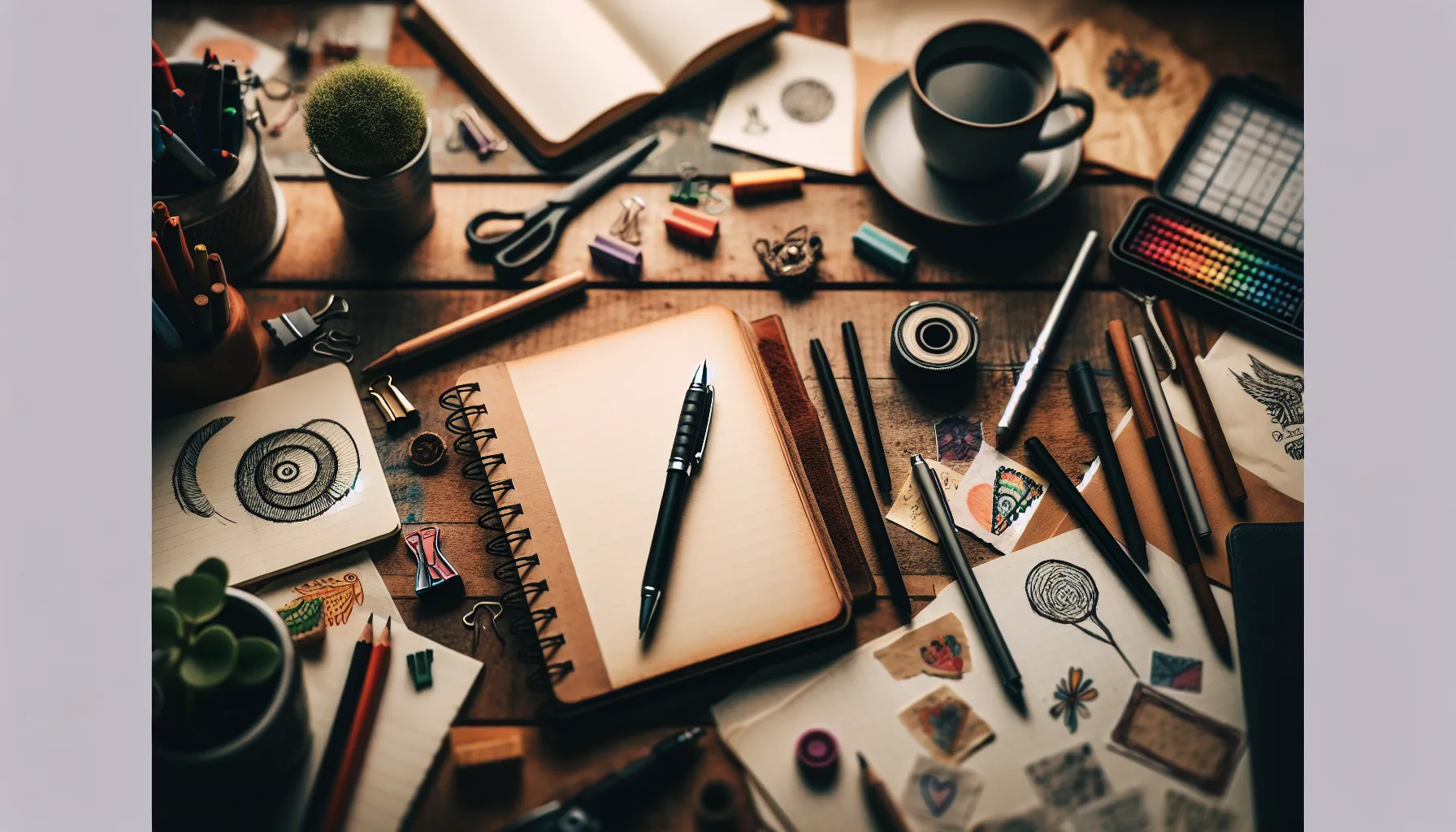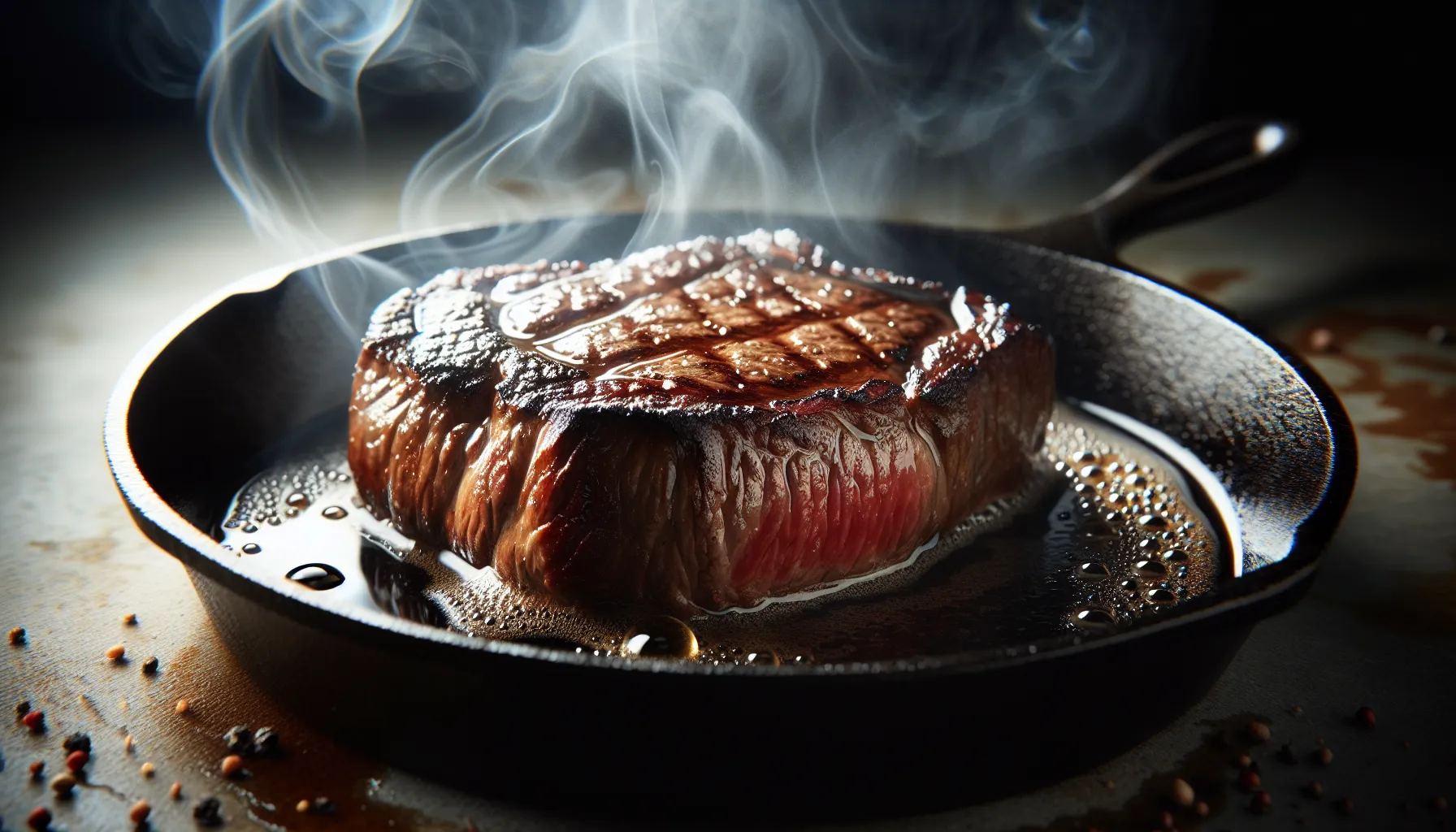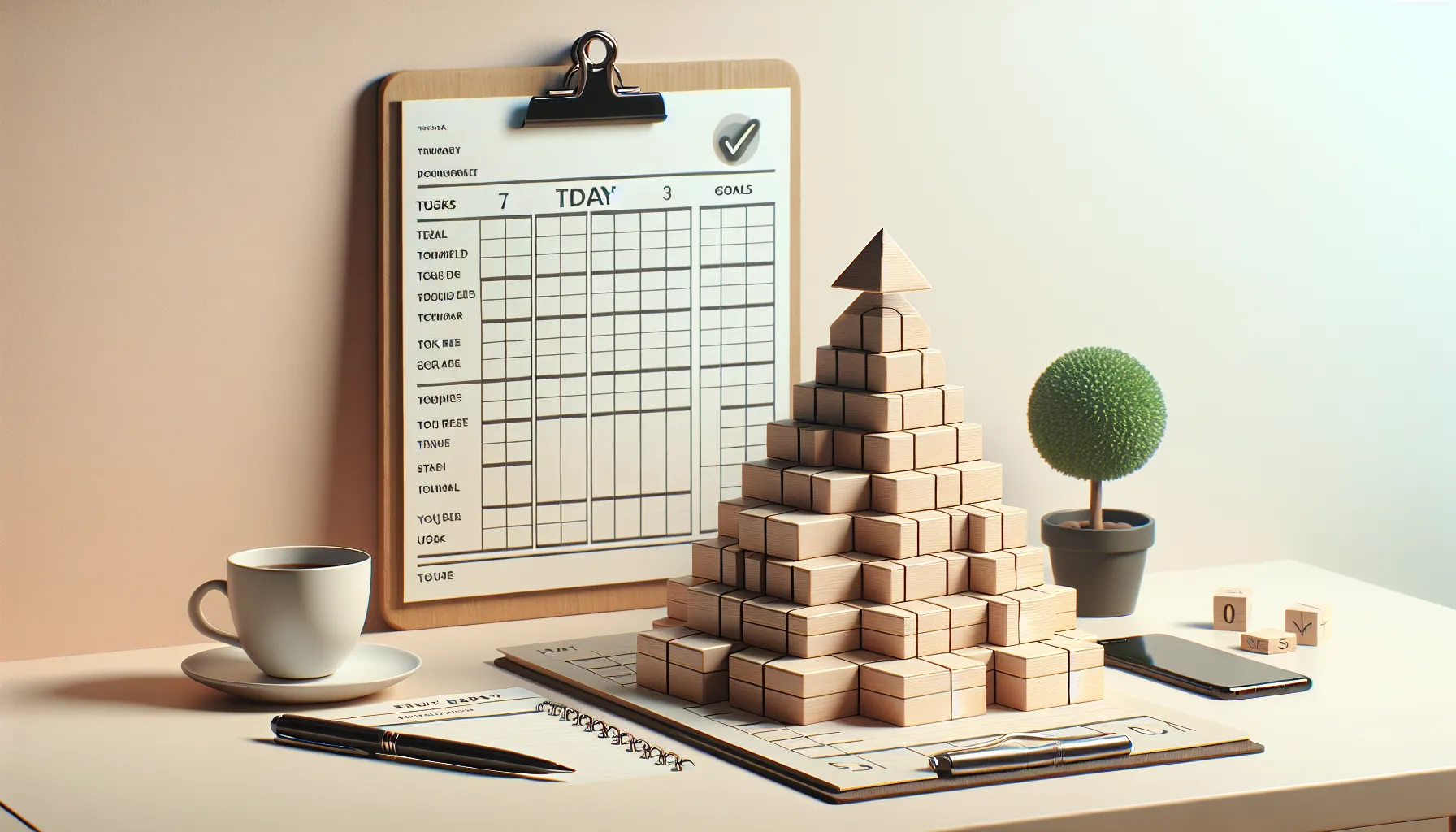What’s Your Top Tip for Organizing Your Kitchen Space?
Imagine a kitchen where every tool, ingredient, and appliance is precisely where it needs to be, transforming meal prep from a chore into a joy. This article reveals insights on organizing kitchen spaces for maximum efficiency, beginning with the wisdom of creating specific kitchen zones and concluding with clever ways to maximize under-sink space. With six practical tips in total, these strategies promise to make cooking more streamlined and enjoyable.
- Create Specific Kitchen Zones
- Utilize Vertical Space with Shelves
- Purge Expired Items and Duplicates
- Store Items Near Point of Use
- Use Drawer Dividers and Organizers
- Maximize Under-Sink Space with Tiered Storage
Create Specific Kitchen Zones
As a busy entrepreneur and bachelor, I’ve found that the best way to organize my kitchen for efficiency is by creating specific zones for different tasks. At first, I spent too much time hunting for utensils and ingredients, which was frustrating.
Now, I have a prep zone with cutting boards and knives near the sink, a cooking area with pots and pans close to the stove, and a baking section stocked with measuring cups and bowls. I also keep my dry goods in clear containers so I can find everything easily.
This simple setup has made cooking quicker and more enjoyable, allowing me to prepare healthy meals even on my busiest and tiresome days.
 Aseem Jha
Aseem Jha
Founder, Legal Consulting Pro
Utilize Vertical Space with Shelves
A great way to organize your kitchen space is by utilizing vertical space with shelves and racks. This approach makes use of often-forgotten high spaces, turning them into storage areas. Placing items like pots, pans, and dishes on higher levels can free up counter and cabinet space.
It also helps keep essential items within easy reach, improving your kitchen’s overall functionality. Don’t let unused vertical space go to waste; start adding shelves and racks today.
Purge Expired Items and Duplicates
One effective method of organizing your kitchen is to purge expired items and unnecessary duplicates. By regularly checking expiration dates and removing items that are no longer needed, you can keep your kitchen clutter-free. This practice not only creates more storage space but also ensures that the food you have is fresh and safe to eat.
Additionally, doing so can make finding what you need much quicker and easier. Take a moment to clear out your kitchen today for a more organized tomorrow.
Store Items Near Point of Use
Storing items near their point of use can greatly enhance your kitchen’s organization. For example, placing pots and pans near the stove and storing glasses near the refrigerator can streamline your cooking process. This method reduces the time spent searching for items and minimizes the distance you need to move while cooking.
Keeping things where they are most needed creates a more efficient and enjoyable kitchen environment. Try this approach to make your kitchen more functional.
Use Drawer Dividers and Organizers
Using drawer dividers and organizers can transform how easy it is to find utensils in the kitchen. These tools help separate different types of utensils and keep your drawers tidy. By giving each item its own specific place, you can avoid the frustration of rummaging through cluttered drawers.
This system can save you time during food preparation and make clean-up quicker as well. Invest in some drawer organizers to bring order to your kitchen.
Maximize Under-Sink Space with Tiered Storage
Maximizing under-sink space with tiered storage solutions can be a game changer for kitchen organization. This area is often underutilized but holds potential for storing cleaning supplies, trash bags, and other essentials. Tiered organizers allow you to stack items, making the most out of the available space while keeping everything accessible.
A neat under-sink area can contribute to the overall cleanliness and efficiency of your kitchen. Consider adding tiered storage to better utilize this space.
Submit Your Answer
Would you like to submit an alternate answer to the question, “What’s your top tip for organizing your kitchen space to make cooking more efficient?”

































